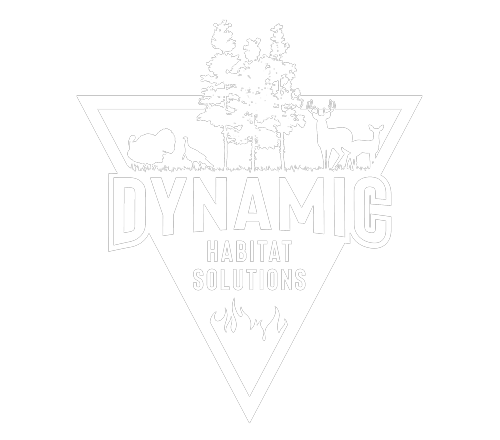How Do You Get Rid Of Aquatic Vegetation?
Do you know what makes a pond look messy and uninviting sometimes? It’s aquatic vegetation! You might see plants growing in the water that can cover its surface and even make it difficult for fish to swim. So how do you get rid of these plants to keep your pond or lake beautiful and healthy? By taking proper steps, you can manage these plants and enjoy clear water. Let’s learn about taking care of this green underwater garden!
What Is Aquatic Vegetation?
Aquatic vegetation includes all the plants that grow in water. They can be tiny algae or bigger plants with leaves that float on top or grow beneath the water. You might see these plants in ponds, lakes, rivers, or even in the ocean. Just like gardens on land, some plants are nice and some are tricky.
Types of Aquatic Plants
There are different kinds of aquatic plants. Some are okay for ponds, while others, like weeds, don’t belong there. Let’s meet a few:
- Submerged Plants: These live underwater, like seaweed or pondweed.
- Floating Plants: These float on top, like duckweed.
- Emergent Plants: These grow above the water, like cattails or bulrushes.
Sometimes, aquatic plants are helpful. They can give a home to fish and bugs. But when too many plants grow, it can cause trouble.
Why Do Plants Grow in Water?
Plants love water, light, and nutrients. When they have enough of these, they grow very fast. Imagine if your garden got a lot of sun and food—it would grow big too! Sunlight helps plants make their food through a process called photosynthesis. In water, too much sunshine and extra nutrients from things like fallen leaves or fertilizers help aquatic plants grow and spread quickly.
Problems Caused by Excessive Aquatic Plants
When aquatic plants get out of control, they can cause problems. It might look like a big bunch of leaves and stems covering the water. Fish may find it hard to swim, and boats might get stuck. Here are some problems:
- Blocked Sunlight: Too many plants can block sunlight, affecting other plants and animals underwater.
- Less Oxygen: Overgrowth can reduce oxygen in water, making it unhealthy for fish and other creatures.
- Clogged Waterways: Thick plant growth can slow water flow, causing flooding during heavy rain.
How To Remove Aquatic Vegetation
Now that you know why we need to clear these plants, let’s see how to do it.
Manual Removal
One simple way to remove aquatic plants is by hand. You can use a rake or a net. This way, you pull out the plants yourself. It’s like weeding a garden, but in your pond! It’s good for small areas or if there aren’t too many plants. You might need to wear gloves or boots to keep clean.
Mechanical Removal
Sometimes, machines can make the work faster. Machines like “harvesters” cut and collect the plants. There are also special boats designed to pull plants from water. The Truxor T50 is one such machine that works like a tractor on water, great for bigger jobs.
Chemical Treatment
Using special chemicals can also help control aquatic plants. These chemicals, called herbicides, kill plants without harming fish or other creatures. It’s important to have an adult or expert apply these safely so they don’t harm the environment.
Biological Control
Nature can help too! Some fish love to eat aquatic plants. Adding these fish can help balance the number of plants. But make sure to use fish that belong in the water and won’t cause other problems.
Regular Maintenance
Caring for your pond regularly keeps plants in check. Simply removing debris, keeping the water clean, and not overfeeding fish or using too much fertilizer can do wonders. Keeping an eye on your pond, like you would for a pet, helps spot problems early.
Professional Help
When the job is too big or complicated, calling experts can be a good idea. They have the right tools and knowledge to clear aquatic plants properly.
Why Choose Dynamic Habitat Solutions?
Dynamic Habitat Solutions specializes in caring for ponds and aquatic environments. They love helping nature stay healthy and beautiful. Based in McDavid, Florida, they use super tools like the Truxor T50 to handle aquatic plant problems easily. Whether you have a pond or wetland full of plants, they know just how to help.
More Than Just Cleaning
Removing aquatic vegetation is more than just cleaning the water. It helps keep the environment balanced. Fish, bugs, and other water creatures need clean and healthy water to live. When a pond or lake is clear of too many plants, it looks nice and is better for everything that lives there.
How Does It Make the World a Better Place?
When you help keep ponds clean, you’re taking care of nature. Clean ponds and lakes mean happy and healthy wildlife. It’s your way to care for the environment. Think of it like recycling; it’s a small action that makes a big difference.
Take a step today toward a thriving pond and reach out to Dynamic Habitat Solutions LLC. They can show you the way to a colorful, vibrant water world!
By keeping ponds and lakes healthy, you’re making a positive choice for nature and all the creatures that live there. Wouldn’t it be lovely to have a beautiful water feature right outside?
